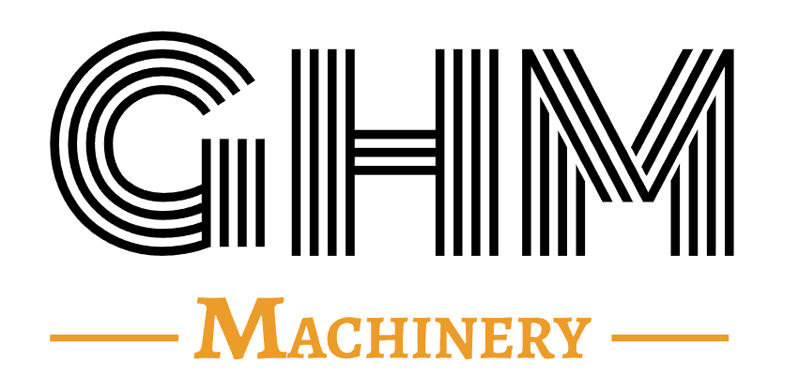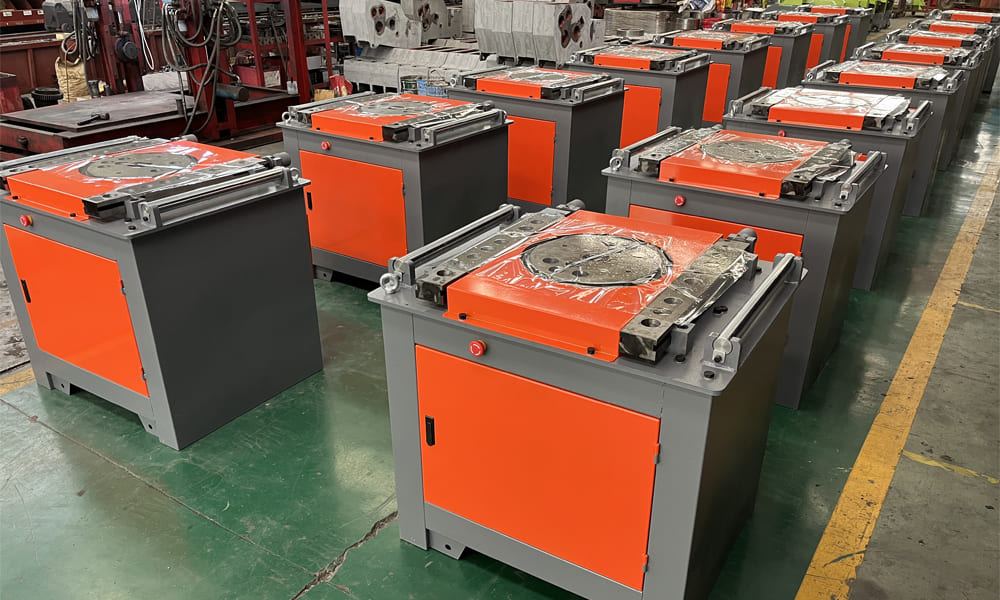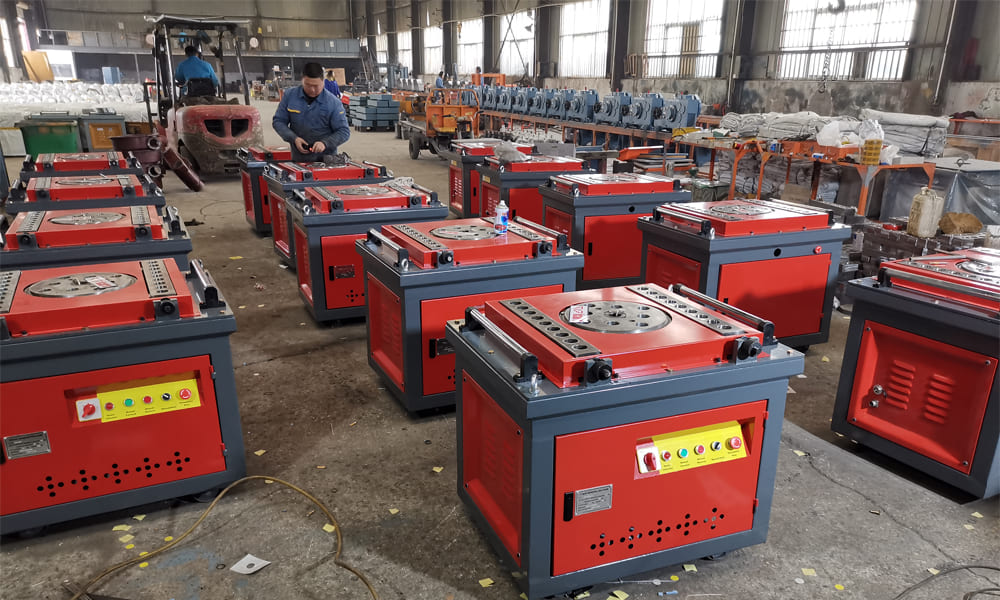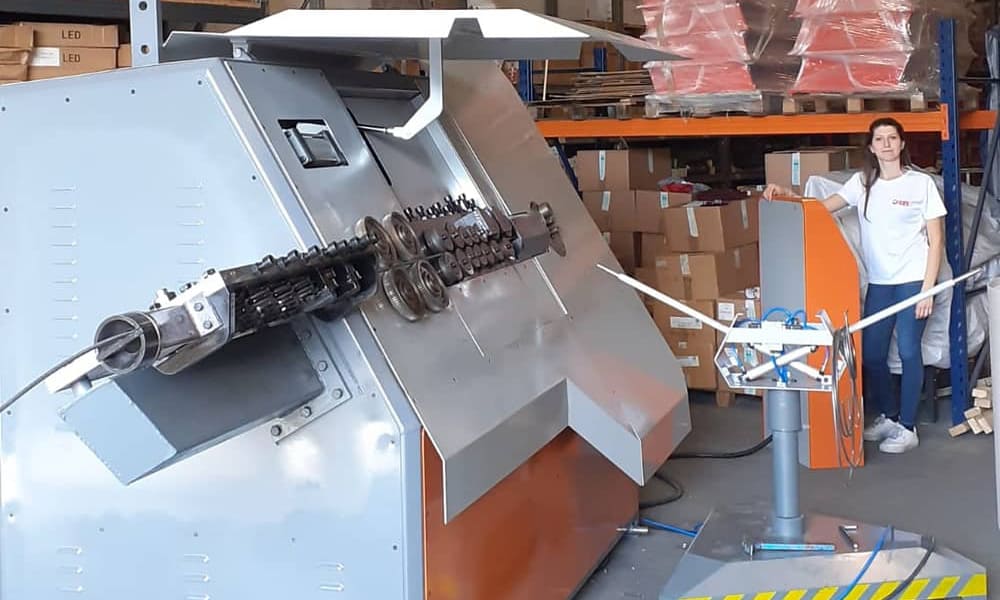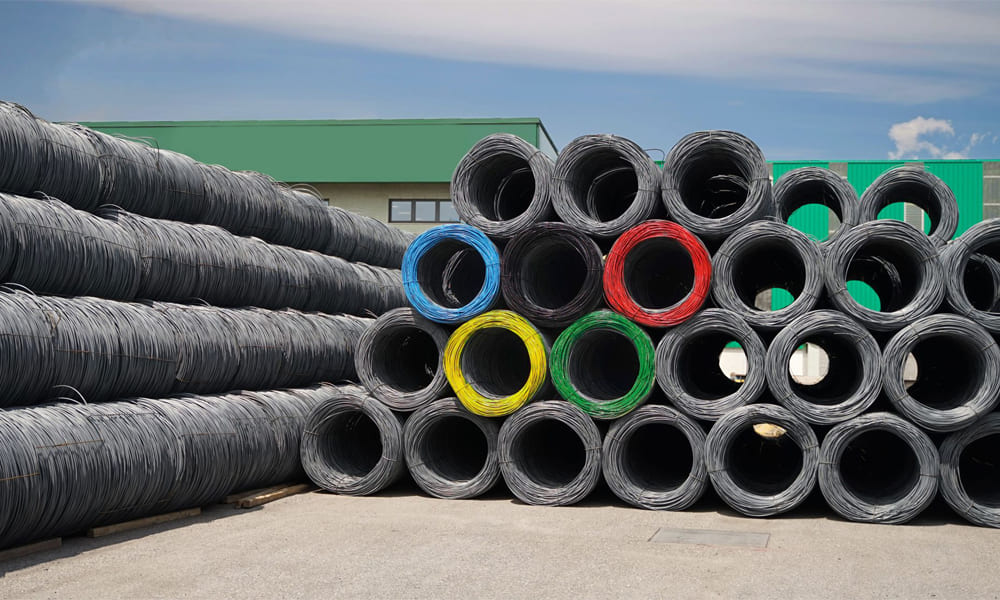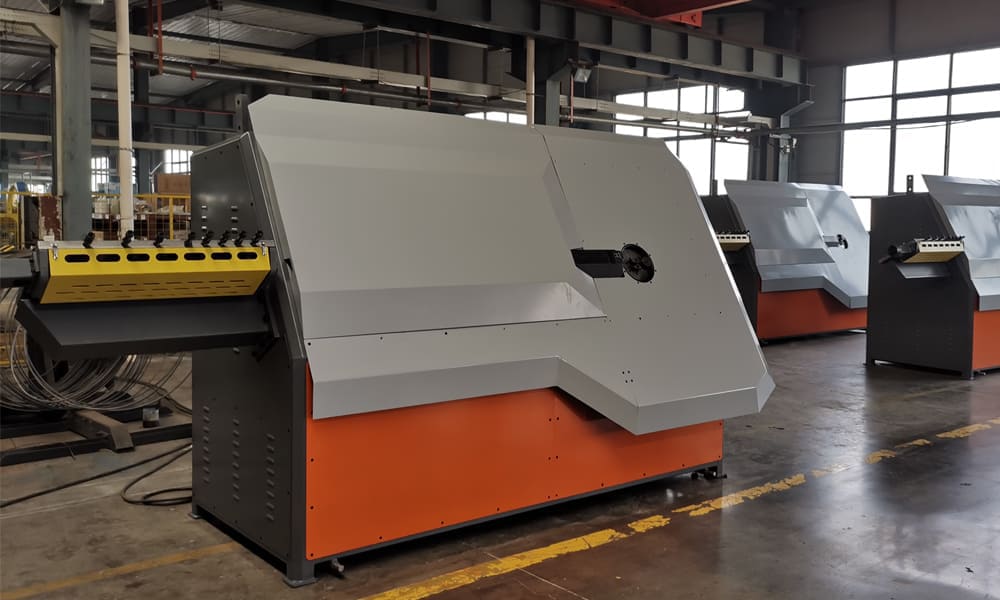Bar Bender machines are essential equipment in steel reinforcement processing, used to bend rebars into various angles and shapes (such as stirrups, hooks, and spirals). Their features vary depending on the type, functionality, and technology. Below are the key characteristics of rebar bending machines:
1. Classification by Drive Mechanism & Features
(1) Manual Rebar Bending Machines
-
Key Features:
-
Simple structure: Operates via mechanical leverage, no motor or hydraulic system.
-
Low cost: Prices range from 700–3,000, suitable for small construction sites or repair workshops.
-
Labor-intensive: Low efficiency (<50 bends/hour), requires significant manual effort.
-
Use Case: Temporary projects or small-scale rebar processing.
-
(2) Electric Mechanical Bending Machines
-
Key Features:
-
Motor-driven: Uses gear or belt transmission, typically 3–7.5 kW power.
-
Moderate efficiency: Bending speed of 200–400 bends/hour.
-
Ease of operation: Foot pedal control for batch processing.
-
Maintenance needs: Regular lubrication of gears and belt tension checks.
-
(3) Hydraulic Bending Machines
-
Key Features:
-
Hydraulic power: High bending force (100–500 kN), suitable for thick rebars (≥Φ40mm).
-
Stable performance: Hydraulic damping reduces rebar springback.
-
Semi-automated: Some models feature angle memory (±1°–2° accuracy).
-
Higher energy consumption: Continuous hydraulic pump operation (5–15 kW power).
-
(4) CNC (Computer Numerical Control) Bending Machines
-
Key Features:
-
Programmable control: PLC/CNC systems store multiple bending profiles.
-
High precision: Servo motor-driven, ±0.5° angle accuracy.
-
High efficiency: With auto-feeding, 800–1,200 bends/hour.
-
Smart functions: CAD file import, reducing manual input errors.
-
2. Core Functional Features
-
Multi-angle bending: Supports 0°–180° with programmable presets (some models handle spiral bends).
-
Quick mold change: Modular dies swap in <3 minutes (e.g., hydraulic clamping).
-
Safety features: Emergency stop, protective covers, two-hand operation (ISO 12100 compliant).
-
Energy-saving: Servo-driven CNC models save 30–50% energy vs. hydraulic machines.
3. Advanced Technologies
-
Dual-axis bending: Two bending heads for complex shapes (e.g., S-shape rebars).
-
Auto springback compensation: Real-time angle correction via encoders.
-
Remote monitoring: 4G/Wi-Fi connectivity for production data tracking.
4. Brand-Specific Highlights
| Brand/Model | Key Advantages | Best For |
|---|---|---|
| Italy MEP GTB-40 | Dual-head CNC, ±0.1° precision | High-speed rail, bridge projects |
| GHM MACHINE W28 | Cost-effective, auto-lubrication system | Real estate, precast factories |
| Germany Pedax B66 | Heavy-duty hydraulic (up to Φ50mm HRB600) | Ports, nuclear plants |
| China GW-32 | Low-noise belt drive (<75 dB) | Urban construction sites |
5. Special Application Features
-
Cold environments: Hydraulic models may need oil heaters (for <-20°C).
-
High-strength rebars: Require HRC55+ alloy steel dies to prevent cracking.
-
Dense stirrup bending: CNC machines can preset multi-step programs (e.g., 10 hooks in one cycle).
6. Durability & Maintenance Features
-
Long lifespan: Premium models use SKF bearings (100,000+ hours).
-
Self-diagnostics: CNC systems alert faults (e.g., low oil pressure, encoder errors).
-
Standardized spare parts: Dies and belts are widely available, minimizing downtime.
Selection Guide
-
Budget + low volume: Electric mechanical (e.g., GJ series).
-
Precision + high volume: CNC models (GHM MACHINE-W28 or MEP GTB).
-
Extra-thick rebars: Heavy hydraulic (Pedax B66).
Note: Actual bending speed varies significantly with rebar diameter (e.g., Φ12mm bends 3x faster than Φ32mm). Always match machine specs to your primary processing needs.
